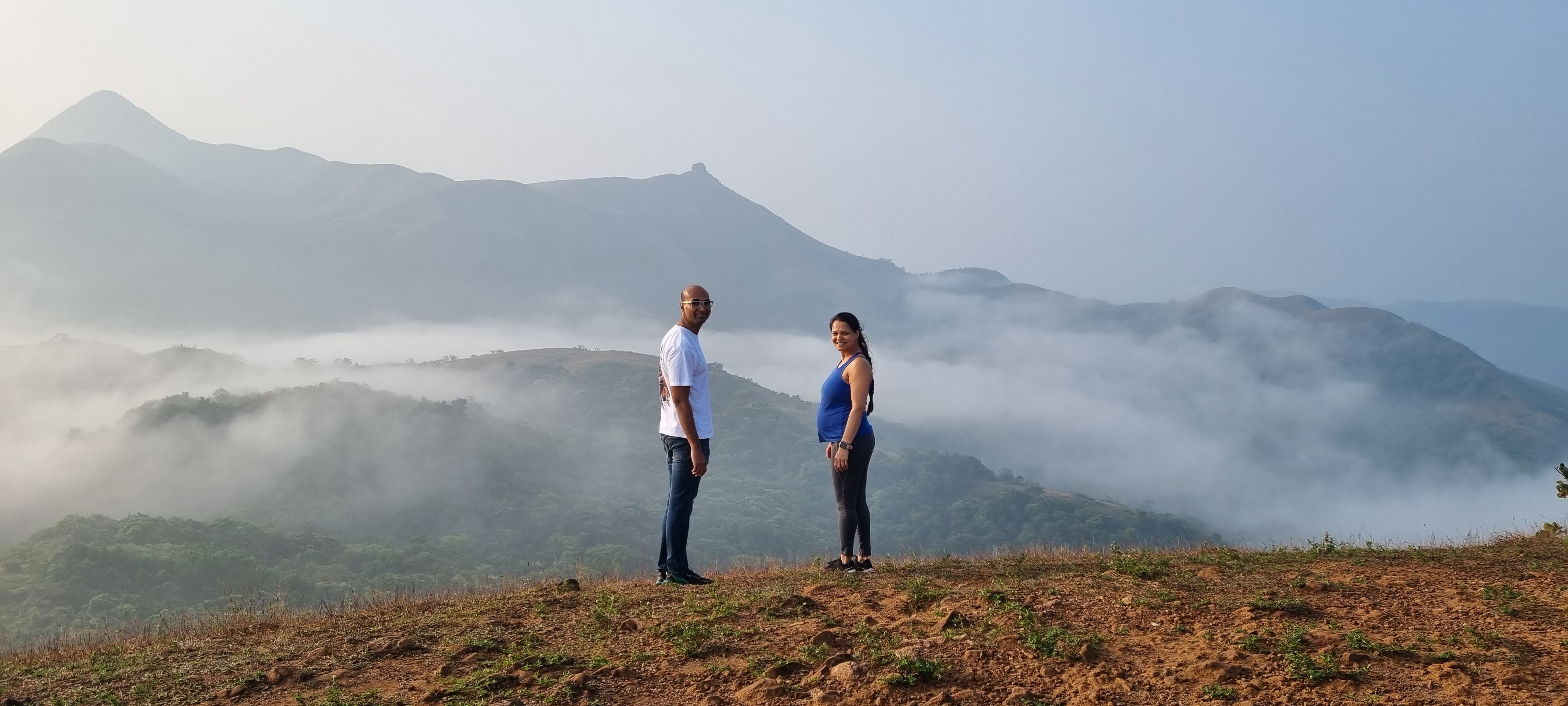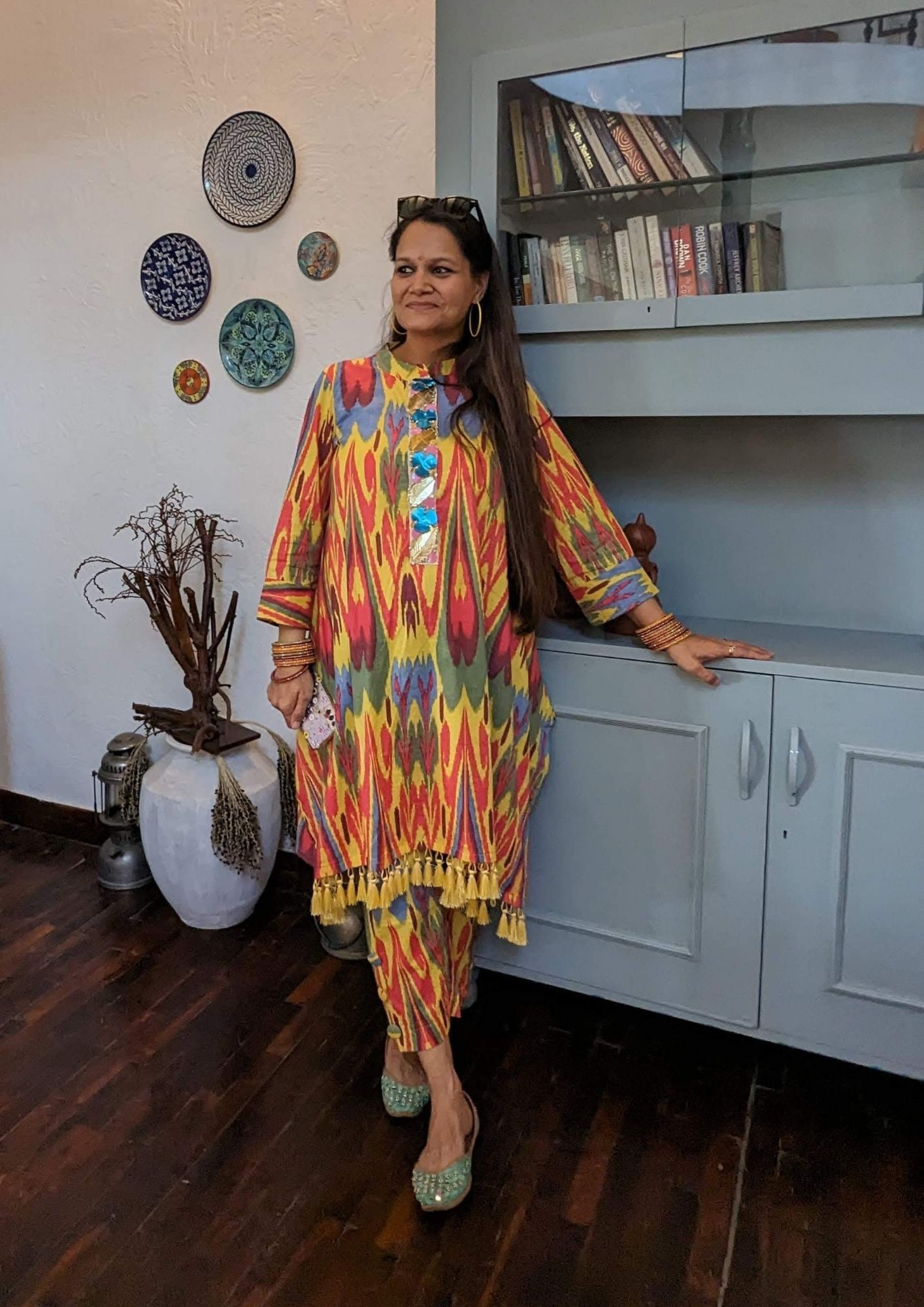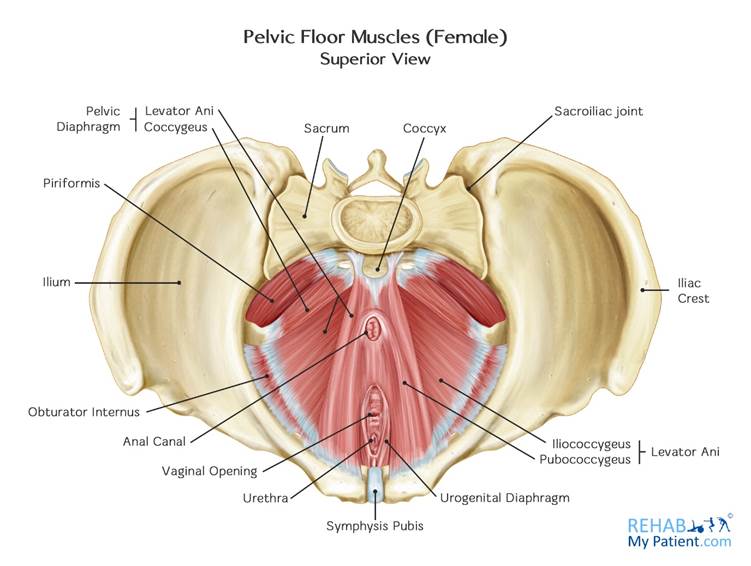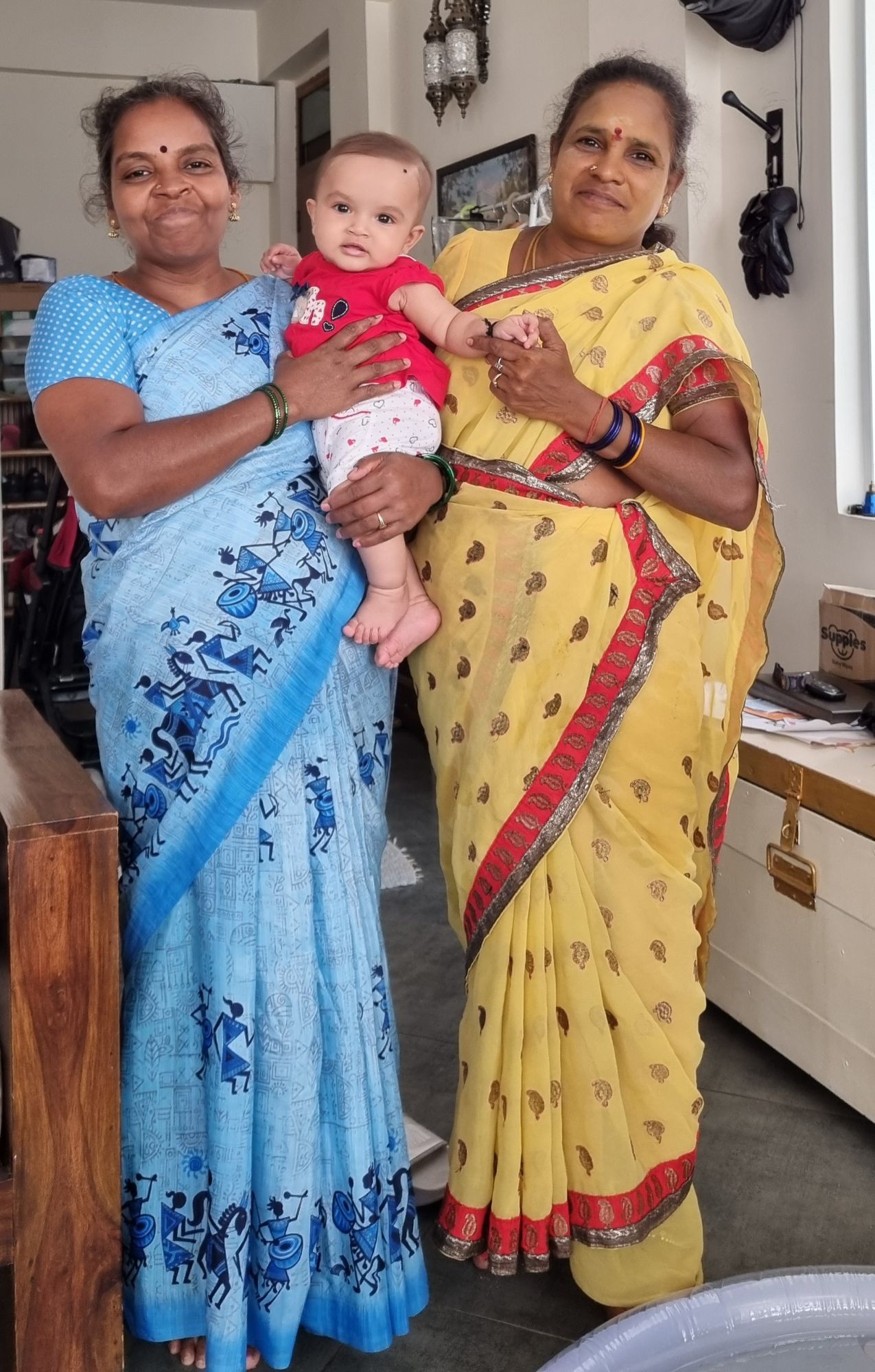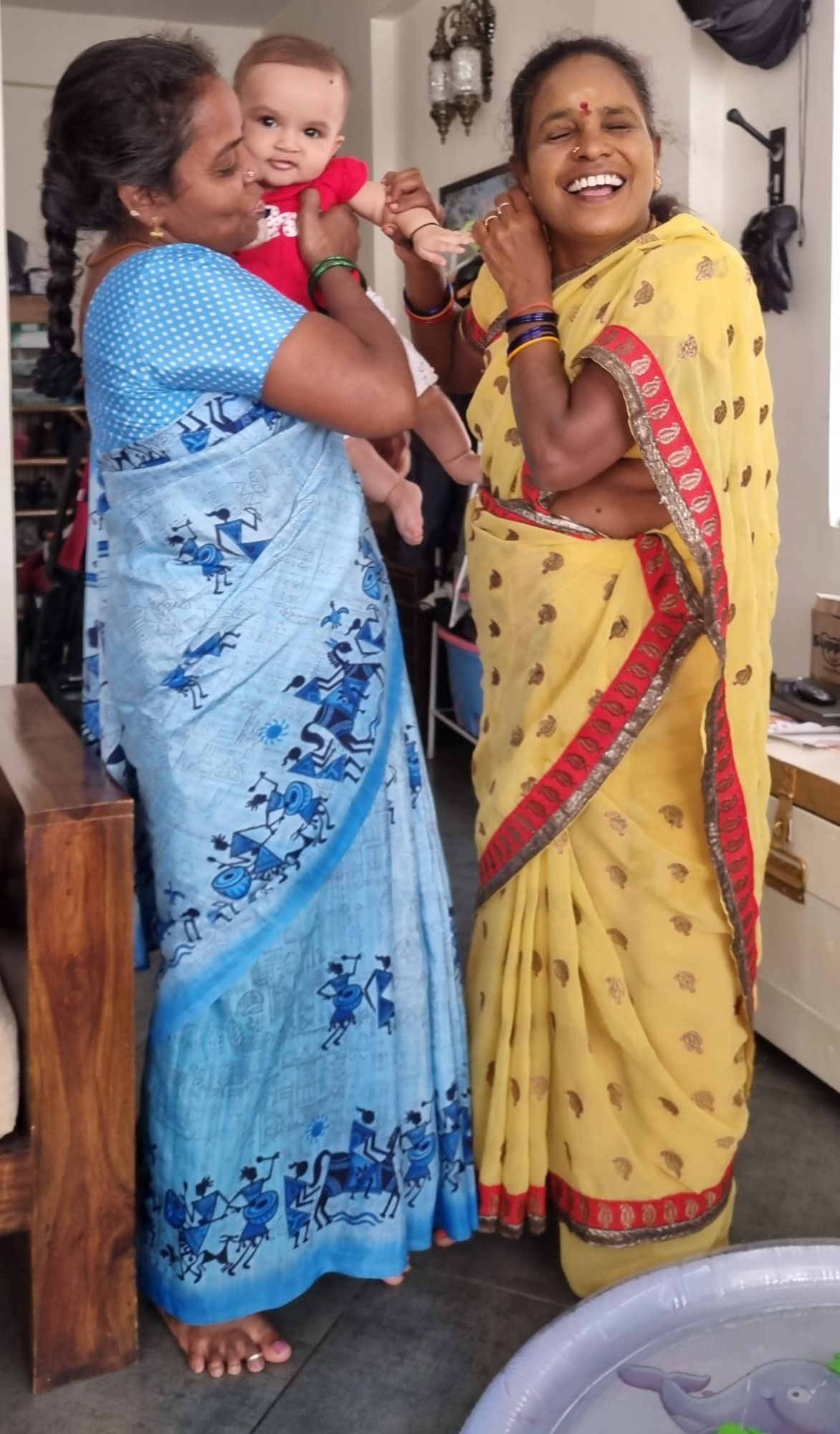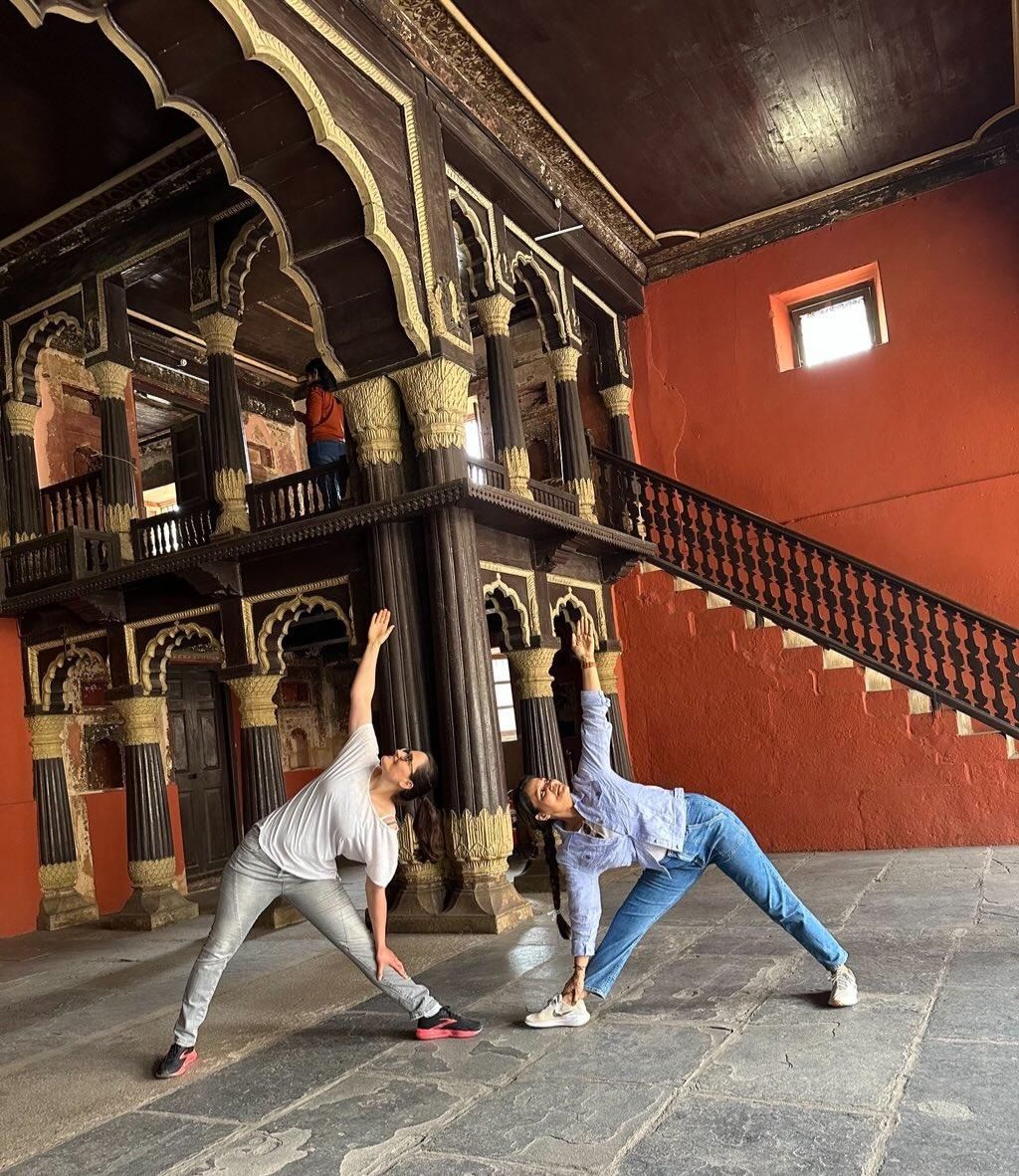The pregnancy and postpartum journey have been eye-opening for me. My fitness and yoga journey have been about building strength and flexibility. Post pregnancy I found myself in the somewhat daunting position of having to re-build my body, muscle by muscle, sinew by sinew. And like most women, pelvic floor health was the last thing on my mind. Sure, I’d heard about it on Instagram, but at the rate Instagram is devolving into a quagmire of sensationalised, fear mongering false news, who pays attention? Post delivery the focus is largely on regaining strength, losing ‘baby weight’, or simply getting through the exhausting newborn phase, but what about our pelvis – the part of our body that has endured immense strain and stress during pregnancy?
Unfortunately pelvic floor health is often overlooked in postpartum care worldwide. Whether you’re weeks or months after childbirth, seeing a pelvic floor specialist can significantly improve recovery and long-term well-being. I was also not sure of when to see a pelvic floor specialist after childbirth, but when my friend Shruti told me about her experience and recommended Dr. Anuja, I decided to book an appointment. My consultation with her was eye-opening, and I walked away with insights I feel are valuable for all women – regardless of whether you’ve had a baby or not.
I decided to delve deeper into the mysteries of the pelvic floor as an integral component of a woman’s overall health. In this conversation I had with Dr. Anuja Chandrana, we delve into the significance of pelvic floor health for a woman’s overall wellbeing.
Continue Reading
